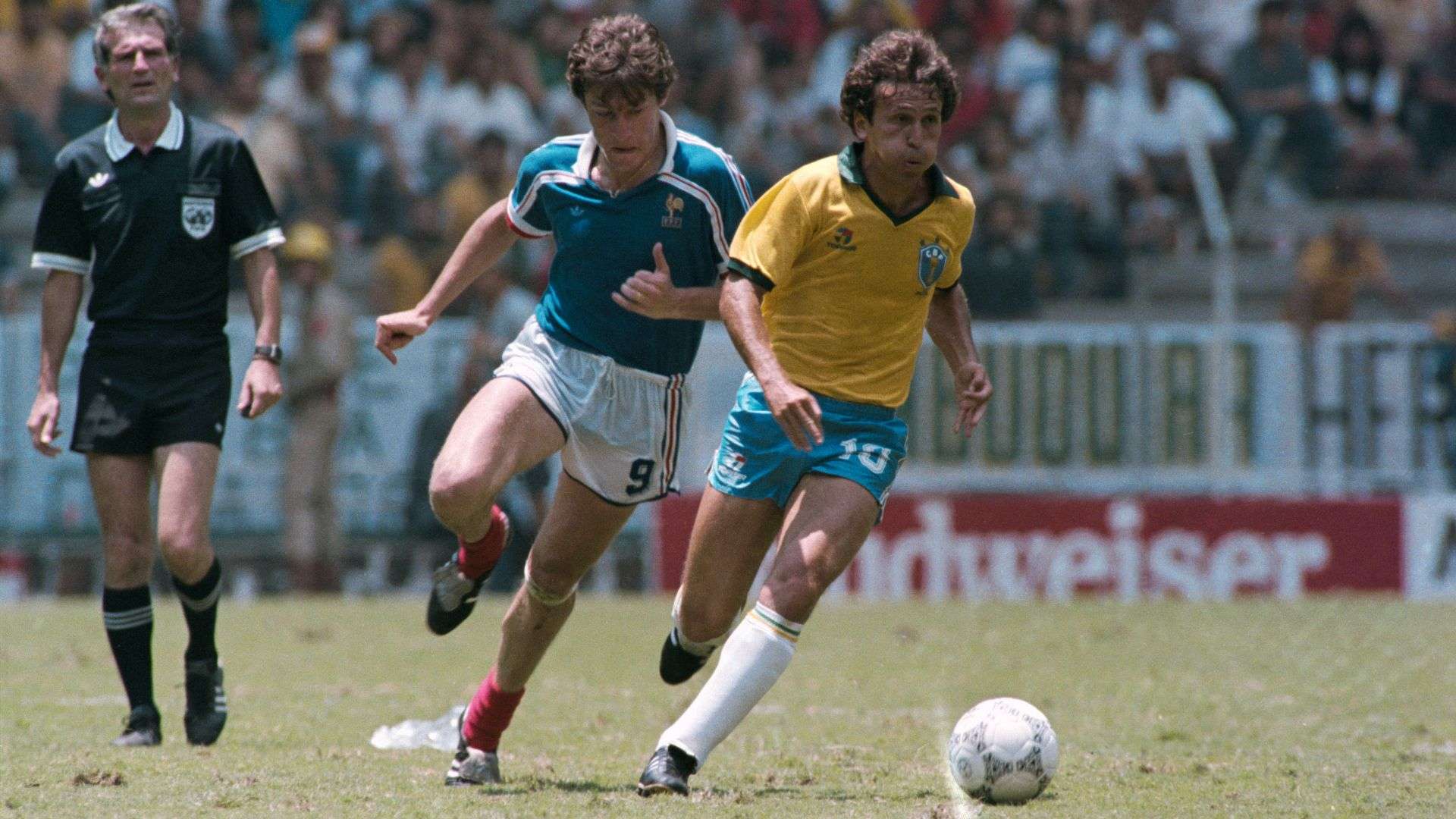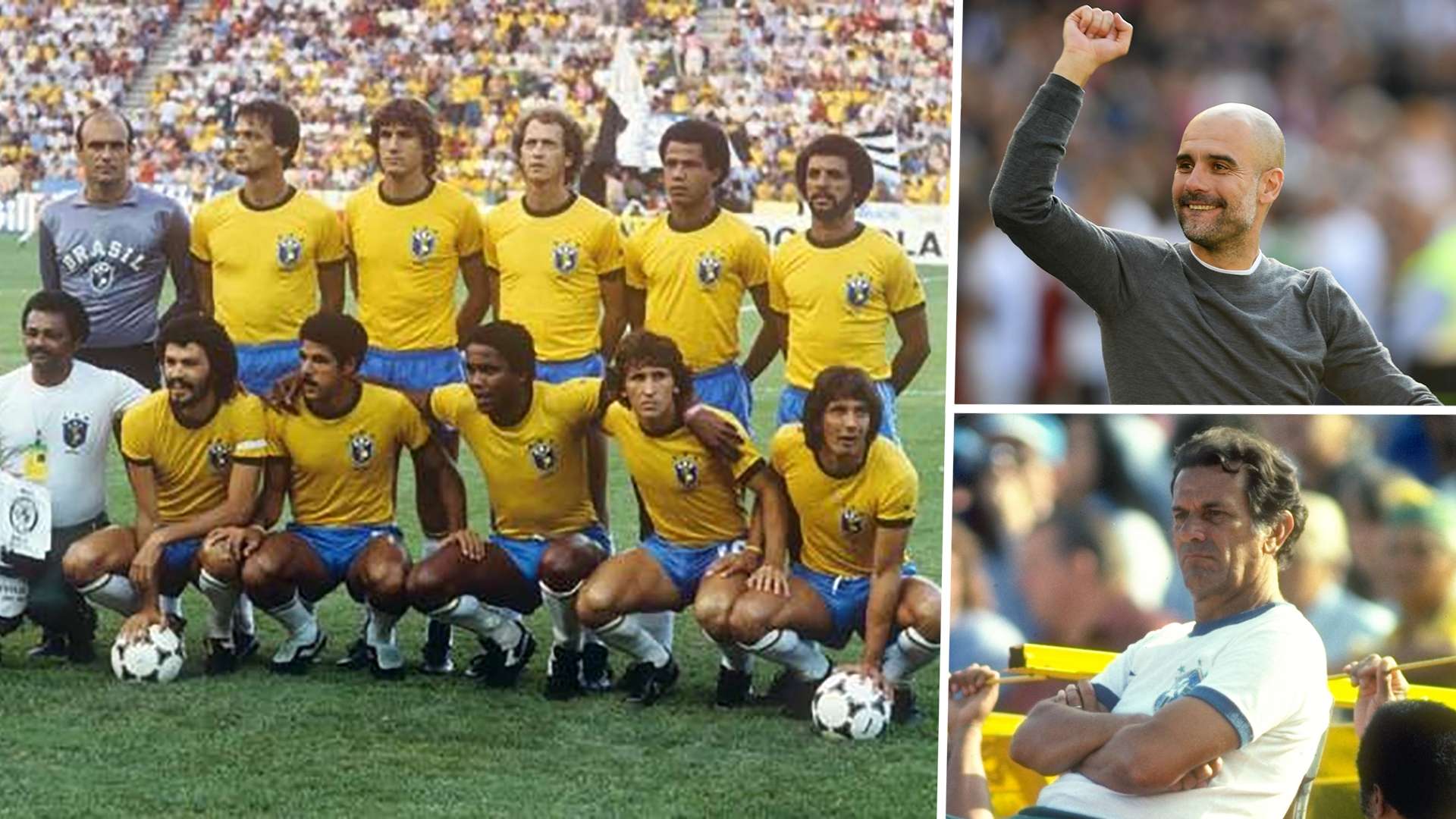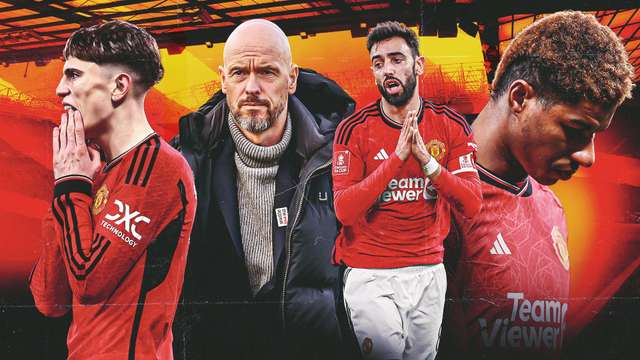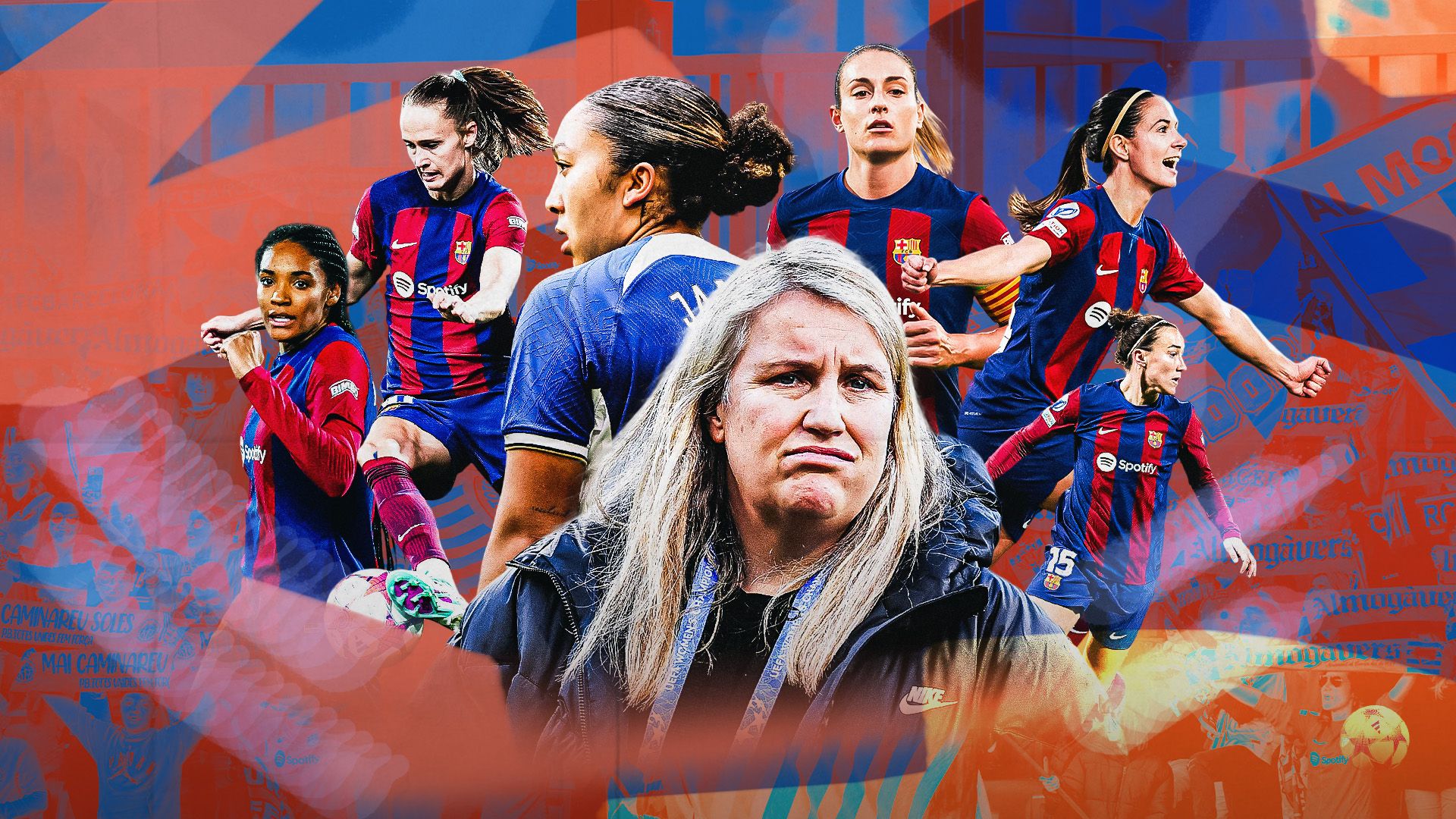Pep Guardiola was an 11-year-old boy growing up in the pretty village of Santpedor, an hour from Barcelona, when the World Cup finals came to Spain in 1982.
While Italy went onto lift the trophy that year, the world fell in love with the thrillingly offensive Brazil team that were beaten 3-2 by the eventual winners in one of the most memorable matches in World Cup history.
Guardiola was just as enamoured with a team many pundits have deemed the finest never to win the trophy.
"This Selecao was one of the greatest that existed with regard to all its wonderful players: Eder, Zico, Junior – it was an extraordinary Selecao ," the Manchester City boss told ESPN Brasil last year.
"If, after so many years, people remember that team, it's because it was so good. I don't know if some champions are remembered as much as that team.
Next Match
"A team is good when 20,30, 40 years pass, and they are still talked about it. And when people speak, it is because it generates such emotion."
Brazil's flair and free-flowing football had made them the most feared nation going into the tournament. They were coached by Tele Santana, whose attacking philosophy embodied his country's love of Joga Bonito – the beautiful game.
Nearly 40 years on, Santana's influence can still be seen, not least in Guardiola's great teams at Barcelona, Bayern Munich and now City.
Santana was a tactical innovator and his 1982 side was built around a brilliant midfield made up of Socrates, Toninho Cerezo and Zico, and flexible forwards Falcao and Eder.

However, the use of offensive full-backs, in Leandro and Junior, proved particularly effective and, later in Santana's career, when he was at Sao Paulo, he made the inspired decision to transform Cafu from a decent midfielder into a buccaneering right-back.
Guardiola is just as much a fan of experimentation (see Javier Mascherano at Barcelona, Philipp Lahm at Bayern or Fernandinho at City) while his love of attacking full-backs has seen him spend around £140 million ($174m/€160m) strengthening that position alone during his time at the Etihad Stadium.
However, while Guardiola and others learned a lot from Santana's sensational Selecao of 1982, Brazil have never been as exciting since, with the heart-breaking loss to Italy having prompted a change of approach.
It is easy to understand the country's subsequent move towards a more pragmatic approach. Brazil needed only a draw from the game against Italy to progress to the semi-finals on account of their superior goal difference, and after Falcao had made it 2-2 midway through the second half, most coaches would have tried to shut up shop.
Santana, though, instructed his side to go looking for a winner, but it was Italy who found one, with Paolo Rossi completing his hat-trick in the 74th minute to leave Brazil's World Cup dream in tatters.
“I would rather win playing well than lose playing badly,” Santata stated defiantly afterwards.
Guardiola's philosophy echoes that of Santana's. He has never played without the intention of trying to win, even when a draw is enough.
It ia an attitude that has seen the Catalan face some criticism, particularly for failing to win the Champions League during his time at Munich and City despite dominating domestic leagues.
"Why should we play for a draw when you can play for a win?" he said ahead of a victory at Napoli in 2017, when some pundits were preaching caution at the San Paolo.
Guardiola is now widely regarded as the best tactician in the world and is having his own influence on the latest group of upcoming coaches, not least Arsenal's Mikel Arteta and former Barcelona team-mate Xavi, who is in charge of Al Sadd.
However, the Catalan is always quick to credit his own influences, including Marcelo Bielsa, Juan Manuel Lillo, Arrigo Sacchi and his most important mentor, Johan Cruyff.
 Getty
Getty
The part Santana played in shaping a young Guardiola is often overlooked. He is not as famous a name as Marcelo Bielsa, Arrigo Sacchi or Johan Cruyff, but he was revered by all three.
Indeed, Bielsa still regards Santana's Sao Paulo – who beat his Newell Old Boys side in the 1992 Copa Libertadores final – as one of the best teams he has ever faced, while Sacchi has previously admitted that he was more influenced by Brazil's brand of attacking football than Italy's defence-orientated game.
Cruyff was even more influenced by Santana.
In the foreword to Socrates' biography, the Dutch legend bemoaned the negative effect of Italy's success in 1982 and said Brazil's failure was similar to that of the great Netherlands sides in the previous decade.
Cruyff was pitted against Santana – who was himself inspired by legendary Dutch boss Rinus Michels – in the 1992 Intercontinental Cup final between Barcelona and Sao Paulo, a game in which Guardiola played.
Legend has it that the two coaches met before the showdown in Tokyo to ensure it would be an exhibition of their shared attacking values.
Sao Paulo triumphed 2-1 but Cruyff wrote in his autobiography afterwards, "It was one of the few times that I had no problems with a defeat. I've always admired the Brazilian coach Tele Santana for his vision, because it always displayed a genuine love of football."
Cruyff may now be gone but, thanks to Guardiola and others, Santana's love of the beautiful game lives on.





.jpg?auto=webp&format=pjpg&width=640&quality=60)
.jpg?auto=webp&format=pjpg&width=640&quality=60)